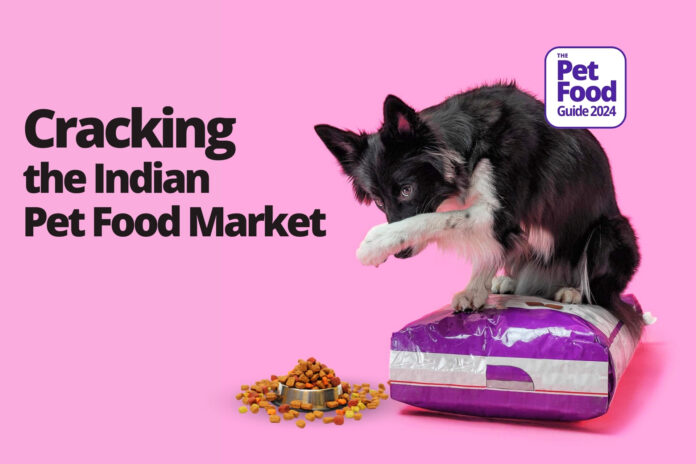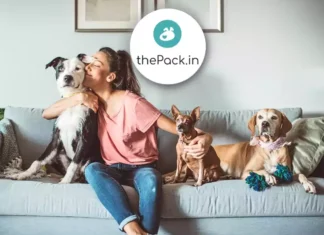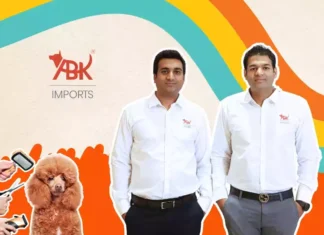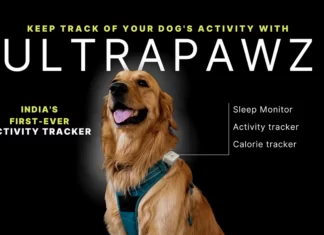India’s expanding pet population and rising disposable incomes offer exciting potential for pet food brands. However, the market poses unique challenges including homecooked diet traditions, price sensitivity, and underdeveloped retail infrastructure. Brands must craft India-centric strategies and demonstrate localized commitment.
Adapting Products for Indian Appetites and Environment
Products require careful adaptation for regional tastes, temperatures and moisture levels. Smaller package sizes cater to smaller, frequent meals. Local flavors like chicken tikka appeal over imported ones. Lentils, rice and desi protein sources align with Indian palates. Natural cooling ingredients tackle warm climates.

Pricing for Indian Wallets
Premium pricing limits adoption. A tiered portfolio across economy, affordable premium and super premium segments makes products accessible to a broader demographic. Local sourcing and manufacturing enables competitive pricing to capture price-conscious buyers. Reduce packaging costs and premium ingredients for entry-level products.
Building Local Sourcing and Manufacturing
Importing from global facilities brings massive import duties and supply uncertainties. Local sourcing of proteins, produce and ingredients is critical for inventory and cost control. Localized manufacturing and “Made in India” branding earns consumer trust. However, maintain global quality standards.

Cultivating Partnerships with Vets, Retailers and Online Channels
Veterinarians heavily influence food choice. Actively educate vets on food nutrition and health benefits to get recommendations. Traditional pet stores retain trust as knowledgeable retailers. Allow smaller pack sizes to improve distribution. However, also tap e-commerce for wider reach, using influencers as brand ambassadors.
Digital-first Marketing
Leverage social media and influencer marketing to attract young, connected owners. Balance emotional messaging with practical education on proper pet nutrition. Localize digital campaigns for Indian festivals and celebrations. Respond to feedback and reviews.

Overcoming Market Bottlenecks
Winning retailer mindshare is crucial given the influential role of India’s pet store network. Allocating attractive margins and discounts on bulk orders incentivizes stores to prioritize and recommend your brand over others. Additional sales promotions like bundling and bonus packs make offerings more compelling. Providing training and educational materials helps retailers better understand your products and nutrition philosophy to impart to customers. Ongoing engagement including retailer meets and store visits fosters alignment on sales strategies.
Building a reliable dealer ecosystem requires effort as fragmentation abounds. Offering incentives like discounts, gifts, and financing options encourages dealers to actively push your brand. A local field sales team is invaluable for on-ground engagement with dealers to drive distribution and sales. Providing credit periods and payment flexibility eases cash flow issues that could otherwise affect dealer relationships and outlet expansion. Absorbing some margin costs, at least initially during market entry, helps optimize dealer payouts until scale is achieved.

Overcoming sluggish consumer response requires driving trials and loyalty. Product sampling through vet clinics or pet events generates crucial first purchases. Money-off coupons entice new buyers and reward existing customers. Bundling smaller packs as bonus with larger pack purchases incentives greater per customer spend. Promotions during seasonal peaks like festive gifting spur purchase. Post-purchase phone or email outreach helps get consumer feedback and repeat engagement.
To tackle poor retailer repayment cycles, offering some extended credit periods shows flexibility and builds goodwill, especially with smaller outlets with cashflow constraints. However, balances must be managed to avoid excessive defaults. Developing scale with larger national retailers helps increase share of more structured and timely payments. Absorbing minor late payment costs in the short-term expands distribution. Eventually, firm payment terms must be enforced while providing financing options.
Educating retailers on competitor offerings and industry trends fosters information sharing in the nascent market. Retailer meets can provide competitor insights and future category growth forecasts that retailers may lack visibility into. Such knowledge sharing cements partnerships beyond transactions. Transparent data exchange aids channel expansion planning and bolsters retailer confidence in the brand as a strategic advisor, not just supplier.
Finally, mediocre ecommerce presence hinders growth in online-savvy segments. Investing in integrated digital platforms and delivery tie-ups provides a solid omnichannel experience. Smoother ordering, payment, delivery and return processes enhance consumer satisfaction. Dedicated ecommerce resources for order management and customer service nurtures this channel. With ecommerce penetration still low but rising, building capabilities now ensures future ecommerce success.
#pet fooodguide #petbizindia#petfoodindia #indianpetmarket #petcareindia #petnutritionindia #petfoodstrategy #petfoodlocalization #madeinindia #indianpetowners #petfoodpricing #petfoodsourcing #vocalforlocal #petfoodmanufacturing #petretailindia #petcommerce #omnichannelpetfood #petfoodchallenges #indianpetshops #petfooddistribution
For more information
M: 9987386742 | 8591953719
Register [ for Pet Food Co] https://bit.ly/48T9ZOw


















